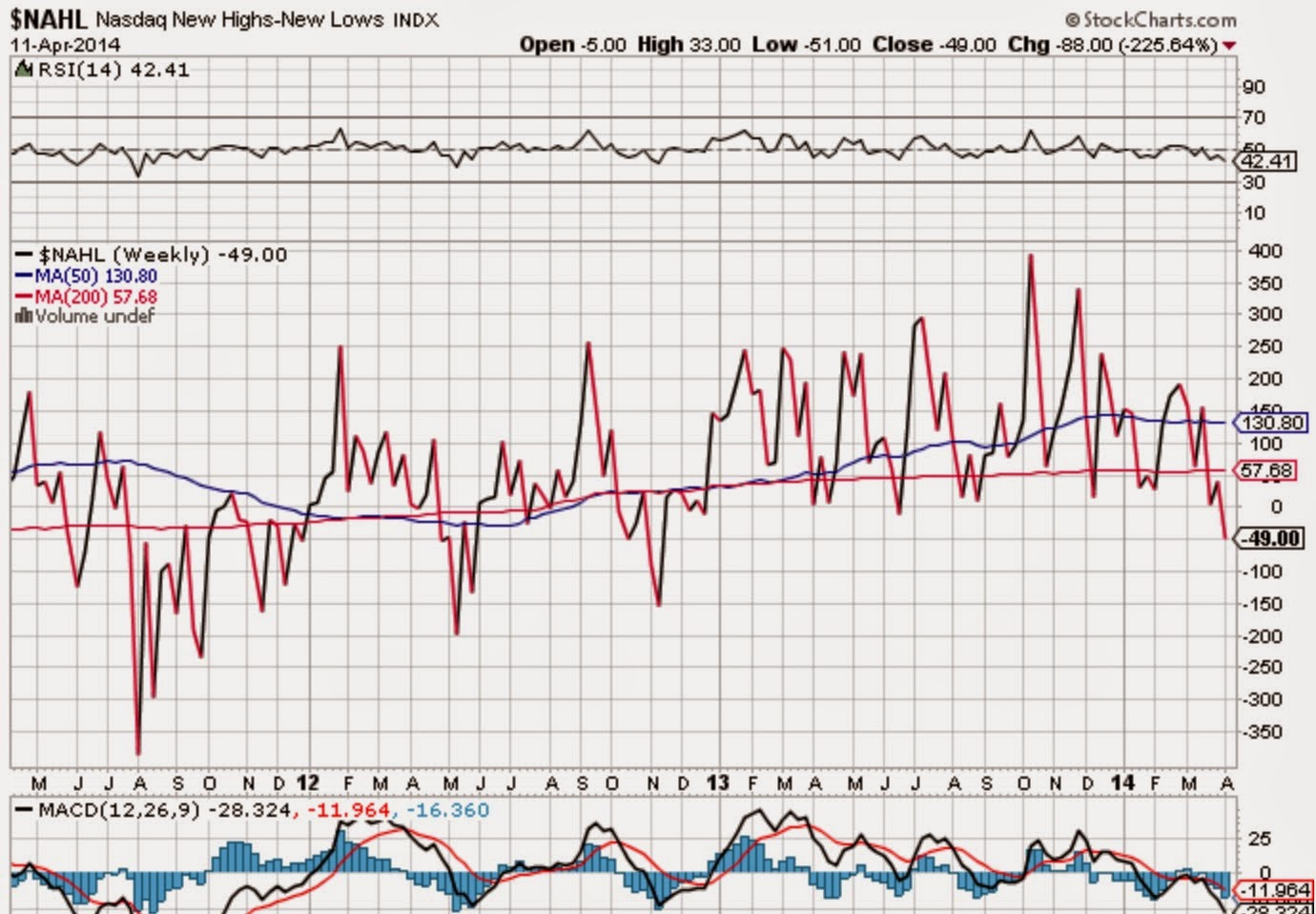The Affect principle.
Our expectations can be skewed by our like or dislike of a particular stock. Also, recent events skew our expectations. BP oil spill, gun stocks after school shootings caused stocks to over react.
Risk is not correlated to reward in the investment world. Studies have demonstrated that "low risk" investments out perform the perceived high risk. But we are programed to believe the converse to be true.
Dreman Guidelines
- Do not abandon the prices projected by careful security analysis, even if they are temporarily far removed from current market prices. Over time the market prices will regress to the levels similar to those originally projected.
- Warning signs include analysts justifying prices with metrics outside traditional analysis.
SOS thought: Social media stocks are being valued from the stand point of viewers rather than earnings.
Treacherous short cuts
Availability heuristic.
- Don't be seduced by recent rates of return when they depart significantly from historical rates.
- The market may react to news, but it does not always react correctly.


